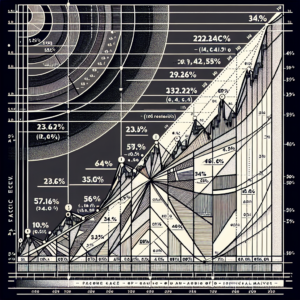
Introduction to Divergence in Trading
Divergence in trading is a concept that often signals a potential reversal in the market’s direction. It occurs when the price of a security or an asset moves in the opposite direction of a technical indicator, such as the Moving Average Convergence Divergence (MACD) or the Relative Strength Index (RSI). Identifying divergence can be a powerful tool for traders, offering insights into underlying market momentum and potential opportunities for entry or exit.
Types of Divergence
Divergence trading strategies can be categorized based on the direction of the market movement in relation to the indicators.
Bullish Divergence
Bullish divergence happens when the price of an asset creates a new low, but the technical indicator makes a higher low. This scenario suggests that the downtrend might be losing momentum, and a reversal to the upside could be imminent.
Bearish Divergence
Conversely, bearish divergence occurs when the price of the asset reaches a new high, but the indicator fails to achieve a new high. This indicates that despite the rising prices, the momentum could be waning, and a downtrend may be approaching.
Identifying Divergence
Spotting divergence involves closely monitoring the price and indicator movements. Here are essential steps to identifying divergence in trading:
Choose the Right Indicator
Firstly, select a momentum indicator that you are comfortable with. The most common choices include the RSI, MACD, or the Stochastic Oscillator.
Analyze Price Action and Indicator Movements
Watch for instances where the market price and the chosen indicator move in opposite directions. This could signal the potential start of a divergence pattern.
Implementing Divergence in Trading Strategies
Once divergence is identified, traders can incorporate this insight into their trading strategies.
Entry Points
For bullish divergence, consider entering a long position once the indicator starts to rebound from making a higher low. For bearish divergence, think about initiating a short position when the indicator begins to decline after making a lower high.
Exit Points
Setting exit points is crucial to managing risk. Traders might set a target price based on prior support and resistance levels or use trailing stop losses to protect profits.
Risk Management
Always incorporate risk management techniques. Divergence can be a strong signal, but no indicator is foolproof. Use stop-loss orders and limit your exposure to manage the inherent risk in trading.
Combining Divergence with Other Strategies
To increase the efficacy of divergence trading, combine it with other technical analysis tools and indicators. For instance, using trend lines or moving averages can provide additional confirmation of a reversing trend.
Conclusion
Divergence is a potent concept in market analysis, offering valuable signals about potential reversals. By understanding and accurately identifying divergence, traders can significantly enhance their trading strategies, making more informed decisions about entry and exit points. However, it’s important to remember that no trading strategy is infallible. As such, coupling divergence with sound risk management practices and a robust trading plan is essential for long-term success.






